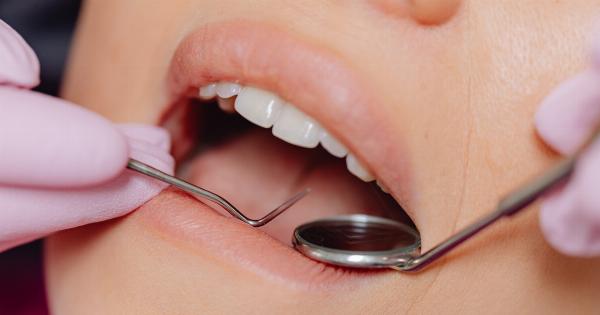Sealants are thin coatings made of plastic that are applied to the chewing surfaces of the back teeth to protect them from decay.
They are most commonly used on the molars and premolars, as these teeth have deep grooves and pits that are difficult to clean properly, making them more prone to cavities.
How Do Sealants Work?
Sealants work by creating a protective barrier over the tooth enamel, sealing out food particles and plaque that can lead to decay.
The procedure is quick and painless, and it involves cleaning the tooth surface, applying an acid solution to roughen it slightly, and then painting the sealant onto the tooth. Once applied, the sealant bonds to the tooth and hardens, forming a shield to protect the tooth enamel.
When Are Sealants Necessary?
Sealants are typically recommended for children and teenagers, as their newly erupted permanent teeth are more susceptible to decay. However, they can also be beneficial for adults who are prone to cavities or have deep grooves on their teeth.
The Benefits of Sealants
There are several benefits to getting sealants, including:.
- Protection against cavities: Sealants provide an extra layer of protection against decay, reducing the risk of cavities.
- Easier oral hygiene: The smooth surface of sealants makes it easier to clean the teeth and remove plaque, reducing the likelihood of gum disease.
- Cost-effective: Sealants are a cost-effective preventive measure that can help avoid more expensive dental treatments in the future.
- Painless procedure: Applying sealants is a painless and non-invasive procedure that can be completed in just one dental visit.
The Sealant Application Process
The process of applying sealants typically involves the following steps:.
- Tooth preparation: The dentist or dental hygienist will thoroughly clean the teeth to remove any food particles, debris, or plaque.
- Applying the acid solution: An acidic gel or solution will be applied to the teeth to create a rougher surface, allowing the sealant to bond more effectively.
- Applying the sealant: The dentist will apply the liquid sealant onto the tooth surface and use a special light to help it harden and bond to the tooth.
- Evaluation: The dentist will check the sealant’s placement and make any necessary adjustments to ensure proper coverage and protection.
How Long Do Sealants Last?
Sealants can last for many years with proper care and maintenance. Regular dental check-ups are necessary to monitor the condition of the sealants and determine if any touch-ups or reapplications are needed.
Caring for Sealants
To ensure the longevity of sealants, it is important to:.
- Practice good oral hygiene by brushing twice a day and flossing regularly.
- Avoid chewing on hard objects, such as ice or pens, which can damage the sealants.
- Visit the dentist regularly for check-ups and professional cleanings.
- Notify the dentist if the sealants become chipped or worn, as they may need to be repaired or replaced.
Sealants versus Fillings
Sealants are often confused with dental fillings, but they serve different purposes. While sealants are a preventive measure used to protect against cavities, fillings are used to restore teeth that have already been damaged by decay.
Sealants are generally applied to healthy teeth, while fillings are placed in teeth with existing cavities.
Potential Risks and Limitations
Sealants are considered safe and effective, but there are a few potential risks and limitations to be aware of:.
- Allergic reactions: In rare cases, individuals may experience an allergic reaction to the materials used in sealants.
- Temporary sensitivity: Some individuals may experience temporary sensitivity to hot or cold foods and beverages immediately after sealant application. This sensitivity typically resolves on its own within a few days.
- Sealant wear and tear: Sealants may become chipped or worn over time, especially if individuals have habits like grinding their teeth or chewing on hard objects.
Conclusion
Sealants are a valuable preventive tool in maintaining good oral health. They provide a protective shield against cavities and make it easier to keep the teeth clean.
While sealants are most commonly recommended for children and teenagers, individuals of all ages can benefit from this simple and painless procedure. With proper care and maintenance, sealants can last for many years, providing long-term protection for your teeth.





























